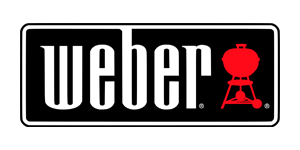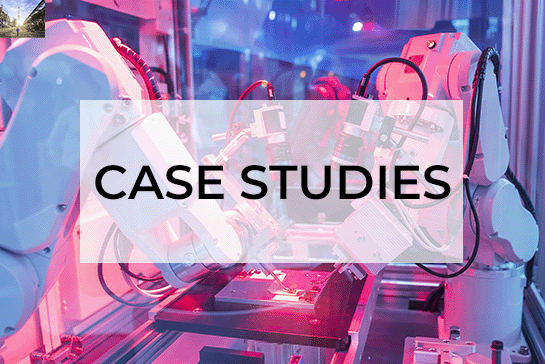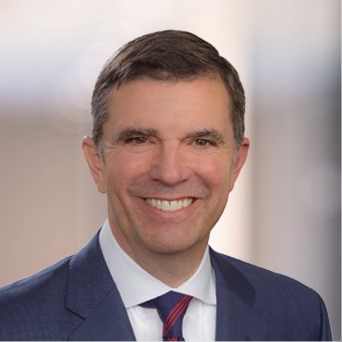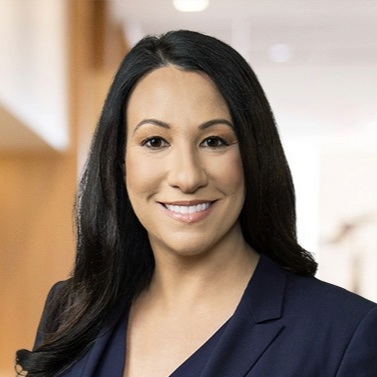Thailand Incentives for U.S. Manufacturers
SEMINAR:
Thailand Incentives for U.S. Manufacturers
Thailand Incentives for U.S. Manufacturers:
About The SEMINAR
Many U.S. companies are relocating manufacturing and sourcing to Thailand. Senior operational executives who’ve lived in Thailand, and Thailand Board of Investment officials will explain why, including:
-
- U.S. tariff exclusion
- 8-10 year C.I.T. holiday
- Labor availability
- Low labor costs
Join Us Thursday, May 30, 2024
Registration & Breakfast: 8AM CDT
Conference: 8:30AM – 10:30AM CDT
Event Location:
Dorsey & Whitney: 50 South 6th St., Minneapolis, MN P: 612-340-2600
HOSTED BY:
Dorsey + Whitney LLP
Build What Matters in Minnesota
East West Associates LLC
Global Minnesota

Manufacturing & Supply Chain Seminar Roundtable Discussion with Senior Executives
Who Should Attend?
Executives of U.S. manufacturing companies:
-
-
-
- Who face manufacturing, sourcing, or profit challenges in China
- Who might benefit from expanding out of China to serve European and U.S. markets
- In these industries: Automotive. Electronics. Medical devices & Medical technology. Automated manufacturing systems. Agribusinesses.
-
-
Why Companies Like Yours Are Attending
U.S. manufacturers are diversifying locations, especially beyond China. Thai government officials, along with U.S. legal and business executives with Thailand experience, will present why Thailand is becoming so attractive. The discussion, case histories, and answers to questions from fellow attendees will provide you with information and data to understand why companies land in Thailand as part of their manufacturing & supply chain strategy.
Speakers will aslo answer registrants’ questions, including:
-
- What are the recent effects of conditions on companies that produce in China and sell the majority of their productswithin China? Conversely, what are the effects on companies that produce in China and export the majority of their products outside of China?
- What strategies are companies employing to address the current China situation? How have these strategies affected countries in Southeast Asia?
- How do China’s and Thailand’s costs compare? Skilled labor costs? Labor availability? CIT? Land? Utility costs? Inflation? Lease rates? Building costs? Tariffs?
- Some companies may wish to relocate or establish a facility outside of China but continue to source their products (or components) from China (example: automotive parts and electronics manufacturers). How does the concept of “local content/local certificate of origin” affect this strategy?
- Could you talk about site selection factors in Thailand? Land; build to suit; lease existing facility, etc. Does Thailand allow for 100 % ownership by U.S. companies (including land)?
- For companies developing Thai suppliers of raw materials or component parts, what are the main challenges to identifying and qualifying Thai suppliers? Transitioning from Chinese to Thai suppliers?
- What has been your experience transferring technology from China to Thailand?
- In addition to automotive and electronic suppliers, what other industry sectors does Thailand have a large number of manufacturers & suppliers?
- If a company relocates from China to Thailand, what are the challenges of closing their China manufacturing plant? Can you comment on closure considerations like severance and personnel? How does a company protect intellectual property and physical property? What about relationships with customers vendors, Labor Bureau, PSB, et. al.? Disposition of equipment? Duties on equipment relocated out of China to Thailand?
- What financial & operational incentives does the Thailand government provide U.S. companies to establish operations on leased or owned land?
Thailand Incentives for U.S. Manufacturers:
Speakers
Dave Townsend | Partner, Dorsey & Whitney LLP
-
- Government Solutions and Investigations Practice Group.
Chad Gauger | Vice President and General Manager, Scoular, Former Cargill Managing Director-Asia South (incl. Thailand)
-
- Operational Considerations in Thailand
Thailand Incentives for U.S. Manufacturers:
REGISTER TODAY!
Timely Topics To Drive Growth.
Sign up for our webinars.
Sign Up
OUR CLIENTS
accessdata

Adler Pelzer Group

Accuride

aseptia

alliance

amercable
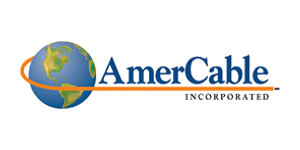
americhem

anisa

calient
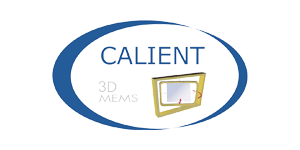
corning
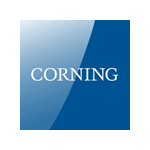
chemco

climate-master
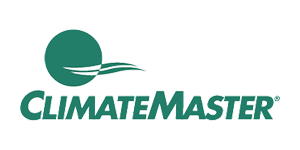
curtiss-wright
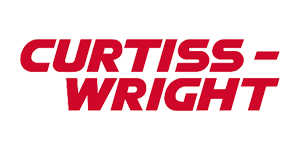
federal-signal
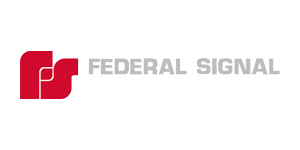
greenheck
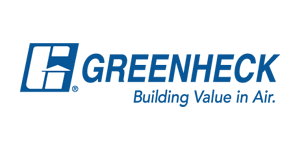
flexco
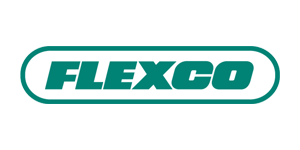
gore
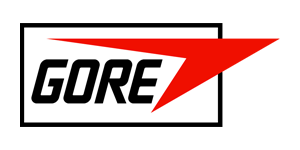
hilite

HJ-Baker
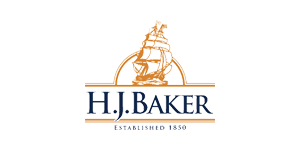
Icee
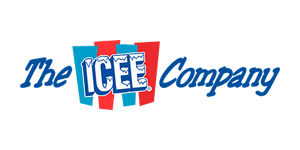
mascoat
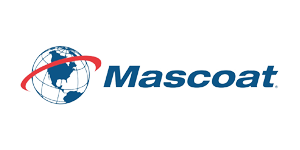
merichem
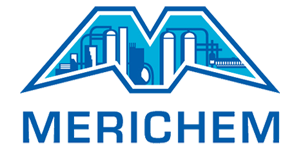
micromeritics
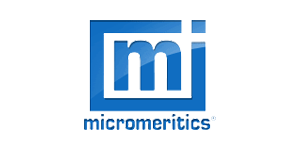
nanotex
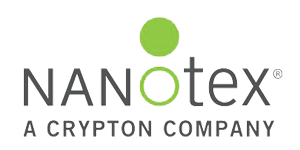
oerlikon

plasticolors
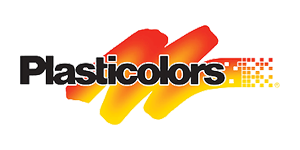
rudolf-group
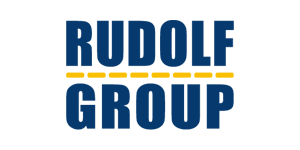
silfex
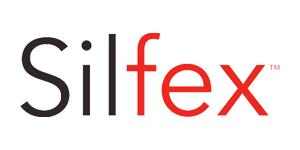
sweco
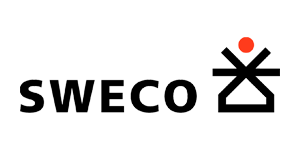
tile-shop

tedia
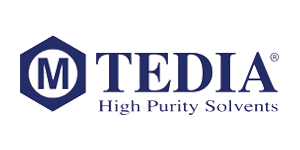
titeflex
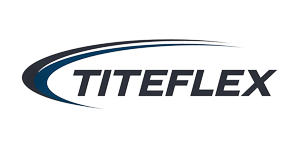
weber
